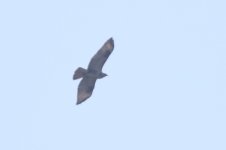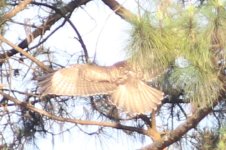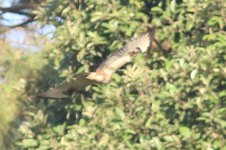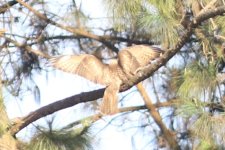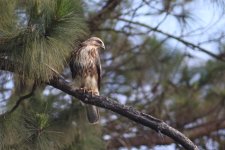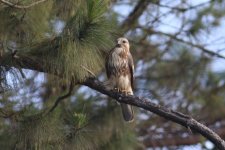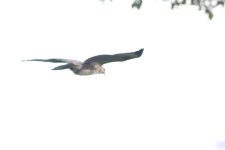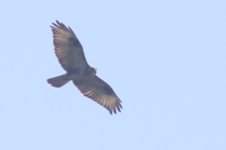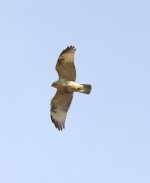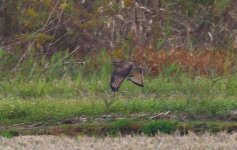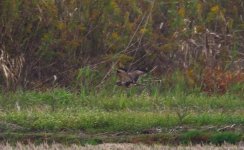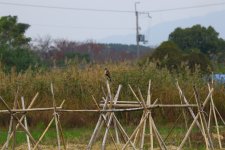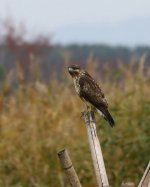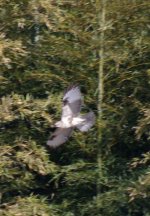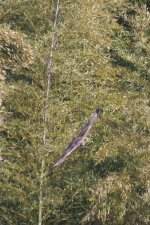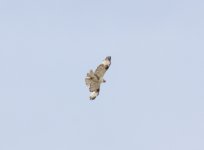Indobirder
Well-known member
Seen on January 3, 2024 at Mae Fa Luang Arboretum, Chiang Rai, Thailand.
Possibly 2 individuals.
I realize these images may not be enough to identify these birds and that the taxonomy is not clear. I do have more photos though nothing majorly different.
196-201 are 1 bird I believe
306/307 - was seen a bit later
Would they be Eastern Buzzard thanks to light head, belly band, and light barring on tail?
Thank you
Possibly 2 individuals.
I realize these images may not be enough to identify these birds and that the taxonomy is not clear. I do have more photos though nothing majorly different.
196-201 are 1 bird I believe
306/307 - was seen a bit later
Would they be Eastern Buzzard thanks to light head, belly band, and light barring on tail?
Thank you




